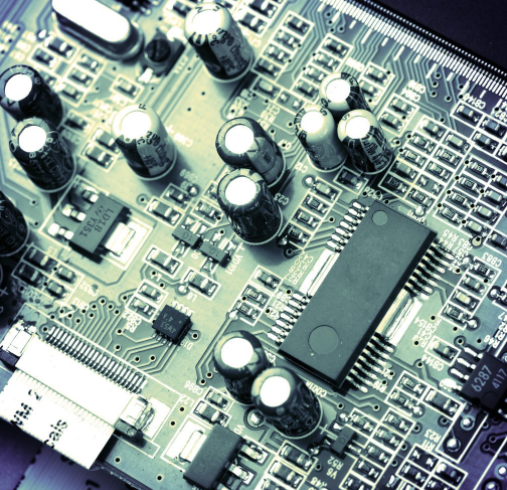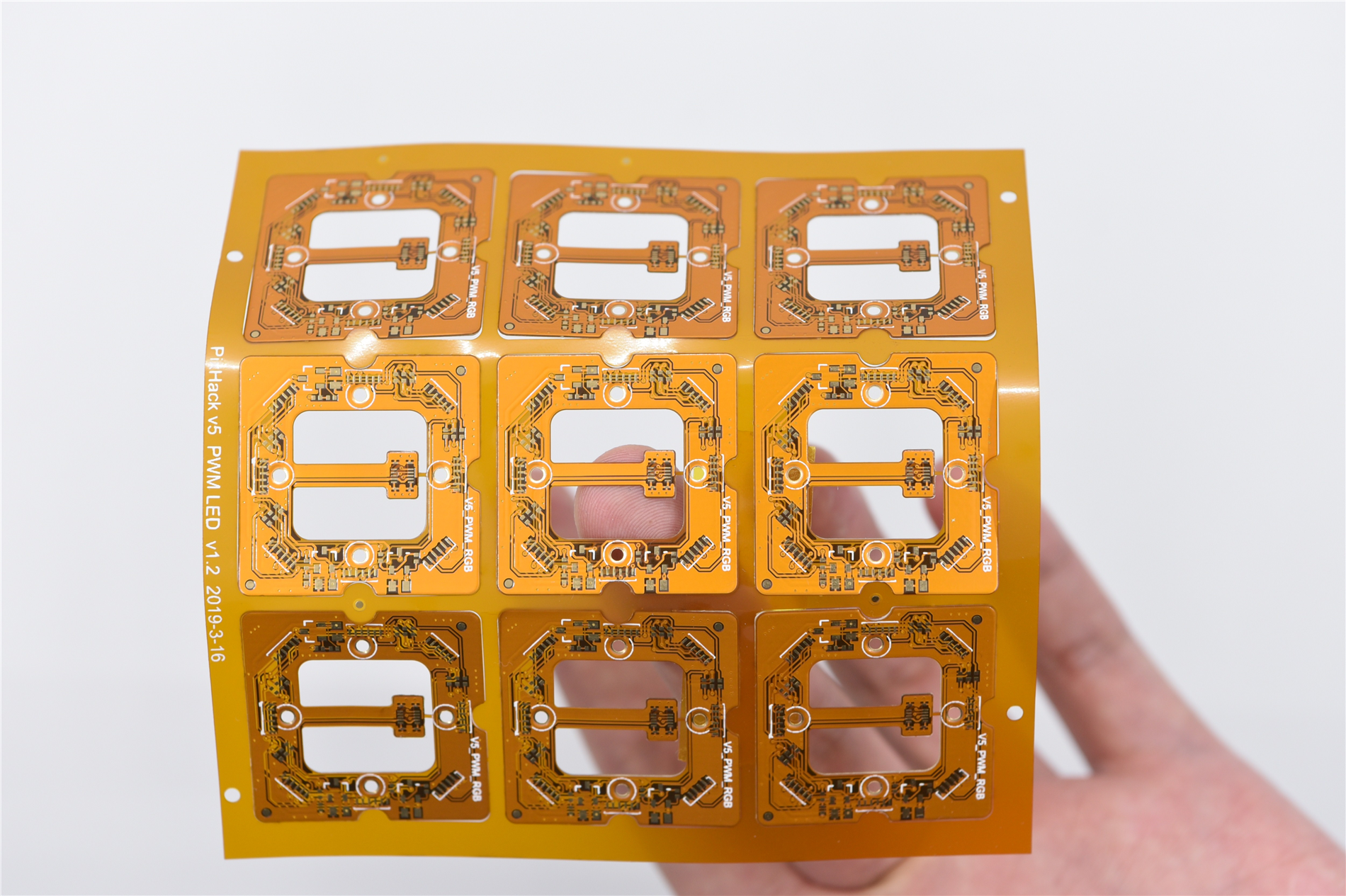
How to design Digital Analog Mixed PCB Board Reasonably
It is important to understand the following basIC concepts when designing digital analog mixed circuit boards Mastering the basic concepts related to digital analog hybrid PCB design will help you understand the strict layout and wiring design rules that will be formulated later. In this regard, when designing digital analog hybrid design, the terminal product will not yield easily Implement important constraint rules It is helpful to deal with the crosstalk problem in digital analog hybrid design flexibly and effectively
PCB board

1. The important difference between analog signal and digital signal in anti-interference ability
The digital signal level has a strong anti-interference ability For example, a digital signal of 3V level can tolerate a crosstalk signal of 0. 3V even if a 3V signal of 0. does not affect the logic state is received However, in the field of analog signals, some signals are extremely weak For example, the receiving sensitivity of a GSM mobile phone can reach - 110dBm, which is only equivalent to the effective value of a sine wave of 0. 7uV Even if the front end of the low noise amplifier receives in band interference noise of ultraviolet magnitude, this is enough to greatly reduce the reception sensitivity of the base station This slight interference may come from the SMAll noise on the digital control signal line or the power supply ground wire
From a system perspective, digital signals are usually transmitted only on circuit boards or frames For example, memory bus signal, power control signal, etc, as long as the interference received from the sending end to the receiving end
is not enough to affect the judgment of the logic state. Analogue signals need to go through a series of processes, such as modulation, frequency conversion, amplification, transmission, space propagation, reception, and demodulation before recovery During this process, the noise continues to drop to the signal From a system perspective, in order to correctly demodulate, it is necessary to ensure that the final signal-to-noise ratio meets the requirements Interference comes from attenuation and noise of space propagation In order to achieve better communication efficiency, crosstalk caused by on-board interconnection must be reduced as much as possible Therefore, it can be considered that the crosstalk requirement of analog signals is tens of times that of digital signals, even tens of thousands of times
2. High-precision ADC and DAC circuits
Ideally, the relationship between the signal-to-noise ratio of linear ADC and DAC circuits and the number of conversion bits is: SNR=10Log(F2/N2)=10Log[A2/2/(A2/3*2n)]=6.02n+1.76 dB
For 14 bit linear ADCs and DACs, if the bit data (LSB) is enabLED, the theoretical signal-to-noise ratio can be calculated as 86dBc Compared with the crosstalk requirements of the 20 dBc left and right digital circuits, the noise requirements of the high-precision 14 bit linear analog-to-digital converter and the digital to analog converter are at least 1000 times that of the digital signal Of course, if the effective bits are only 11 bits, the crosstalk requirement can be appropriately reduced, but it is still far higher than the requirement for digital signals The above two situations show that analog circuits are vulnerable to interference in digital analog mixed boards, which will affect the number of signal-to-noise ratio Therefore, very high requirements have to be placed on layout and routing
3. Digital signal is a strong source of interference to analog signal
The level of the digital signal is very high compared to the analog signal In particular, in the digital analog hybrid design, the high current clock signal and switching power supply are strong interference sources that need attention
4. The fundamental purpose of digital-analog hybrid interconnection design
We can understand the digital-to-analog design problem in this way. For digital circuits, we follow the design rules of digital circuits In the field of digital circuits, large interference is allowed as long as it does not affect the realization of system functions and external EMC quotas The "larger" we are discussing here is relative to the analog circuit For digital circuits, it is unnecessary and impossible to control the existence of analog circuits SIMilar to crosstalk For analog circuits, we must follow the design rules of analog circuits. The allowable interference in analog circuits is much smaller than that in digital circuits The purpose of digital analog hybrid interconnection design is to ensure that the digital signal interference only exists in the digital signal area, wire installation, mask, filter, and power supply through reasonable layout
We need to pay attention to interference sources, sensitive circuits, and interference paths The following describes the layout and routing principles adopted from these three aspects A successful digital analog mixed Board Design must pay close attention to every step and every detail in the whole process before it can be realized This means that thorough and careful planning must be carried out at the beginning of design, and every design step must be carefully planned Evaluate the work progress comprehensively and continuously The layout and routing must be carefully checked and verified to ensure full compliance with the layout and routing rules Otherwise, improve routing of a signal
line will completely destroy otherwise very good printed circuit boards. The rules are out of date Only through in-depth understanding of the rules can we ensure the correct use of the rules and complete the design of digital analog mixed circuit board.
The above is the explanation given by the editor of PCB circuit board company.
If you want to know more about PCBA, you can go to our company's home page to learn about it.
In addition, our company also sells various circuit boards,
High Frequency Circuit Board and SMT chip are waiting for your presence again.









